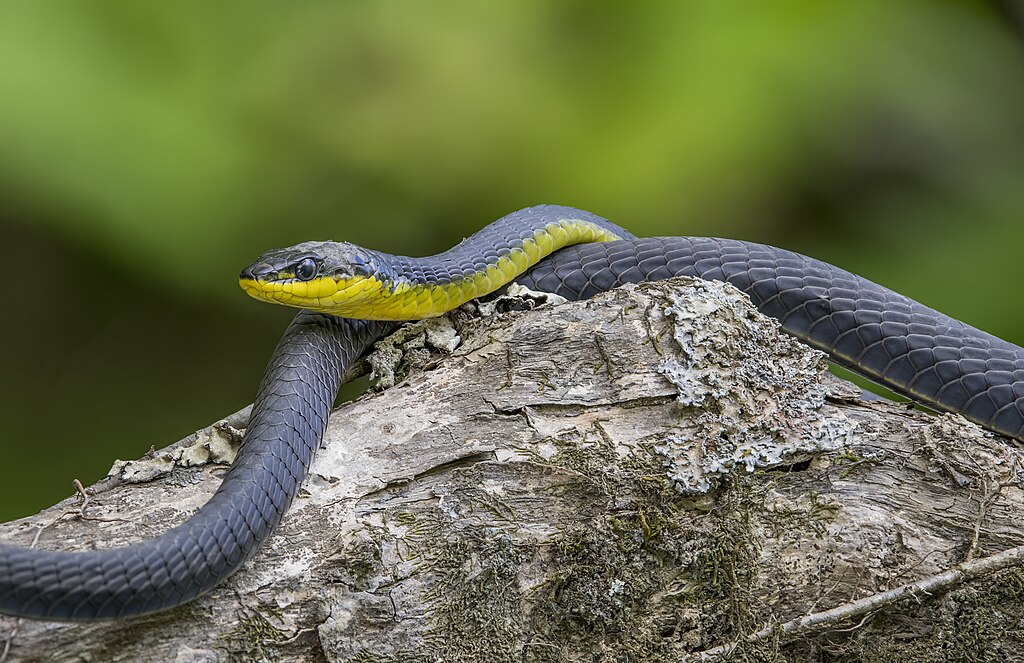Snakes are remarkable reptiles that have adapted to survive in diverse environments across the globe. However, despite their resilience, these cold-blooded creatures face a significant vulnerability: their inability to internally regulate body temperature. Unlike mammals, snakes rely entirely on their environment to maintain optimal body temperature. When environmental temperatures soar beyond tolerable limits, snakes face a potentially fatal condition known as overheating or hyperthermia. This silent killer affects countless serpents in wild habitats, especially as global temperatures continue to rise. In this comprehensive exploration, we’ll examine the physiological impacts, behavioral adaptations, and ecological consequences of snake overheating in natural settings, providing insight into one of the most pressing yet overlooked challenges facing these fascinating reptiles.
The Fundamentals of Snake Thermoregulation
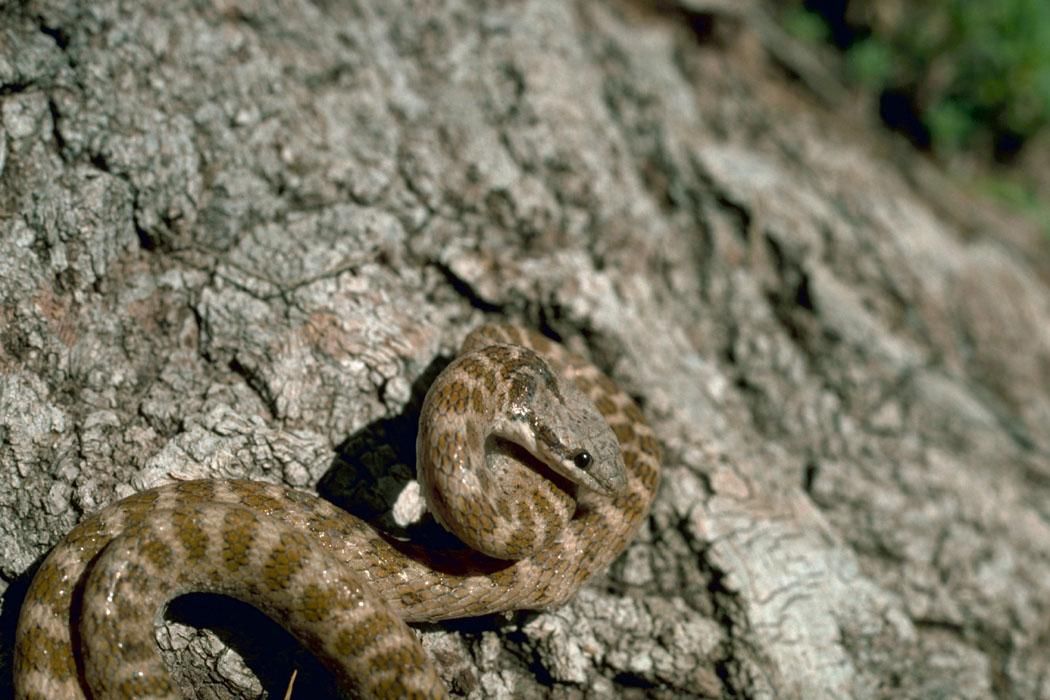
Snakes are ectothermic animals, meaning they cannot produce their own body heat and must instead absorb warmth from their surroundings. This fundamental biological characteristic requires snakes to behaviorally regulate their body temperature by moving between sunny and shaded areas throughout the day. During cooler morning hours, snakes typically bask in direct sunlight to warm their bodies to optimal temperatures, which generally range between 75-90°F (24-32°C) depending on the species. As temperatures rise, they retreat to cooler microhabitats such as underground burrows, thick vegetation, or rock crevices to prevent overheating. This delicate balancing act between warming and cooling is crucial for maintaining the biochemical processes that support digestion, immune function, and overall metabolic activity.
Physiological Warning Signs of Overheating

As a snake’s body temperature climbs beyond its preferred optimal range, a cascade of physiological stress responses begins. Initially, increased respiration rates can be observed as the snake attempts to cool itself through evaporative cooling from the mouth and respiratory tract – a behavior often called “panting” in serpents. Heart rates accelerate dramatically as the cardiovascular system struggles to maintain adequate circulation to vital organs. As temperatures continue to rise, muscular coordination deteriorates, resulting in erratic movements, disorientation, and eventually an inability to effectively seek cooler environments. In severe cases, seizures may occur as the nervous system begins to fail under the extreme thermal stress, representing a critical point beyond which recovery becomes increasingly unlikely without intervention.
Critical Thermal Maximum in Different Snake Species
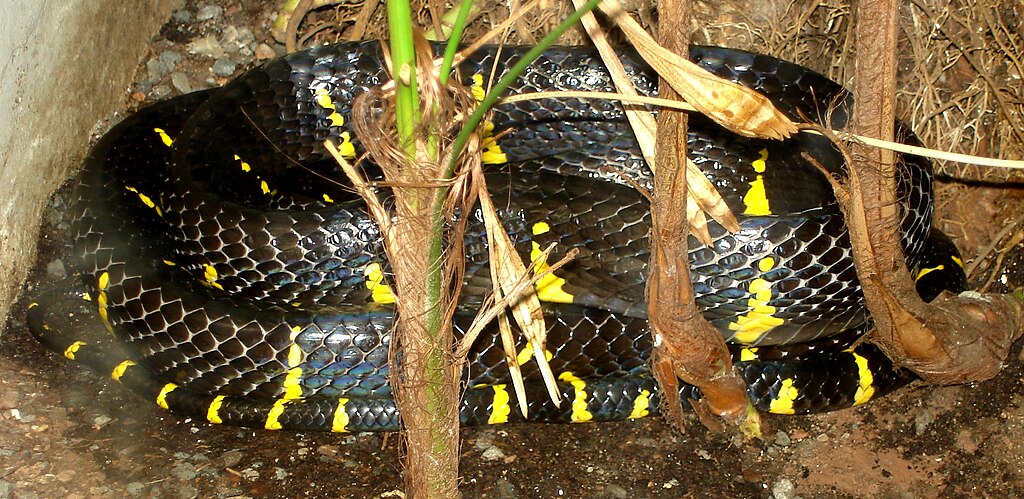
The critical thermal maximum (CTmax) represents the upper temperature threshold beyond which physiological damage becomes irreversible, ultimately leading to death. This threshold varies significantly across snake species, largely determined by their evolutionary adaptations to native habitats. Desert-dwelling species like sidewinders and horned vipers typically possess higher CTmax values, often tolerating body temperatures up to 108-113°F (42-45°C) for brief periods. In contrast, temperate or tropical forest species such as king snakes or boas may begin experiencing severe distress at temperatures above 95-100°F (35-38°C). Research has shown that even among closely related species, those native to hotter climates generally possess cellular adaptations that provide greater heat tolerance, including specialized heat shock proteins that help prevent protein denaturation at elevated temperatures.
Behavioral Strategies to Prevent Overheating
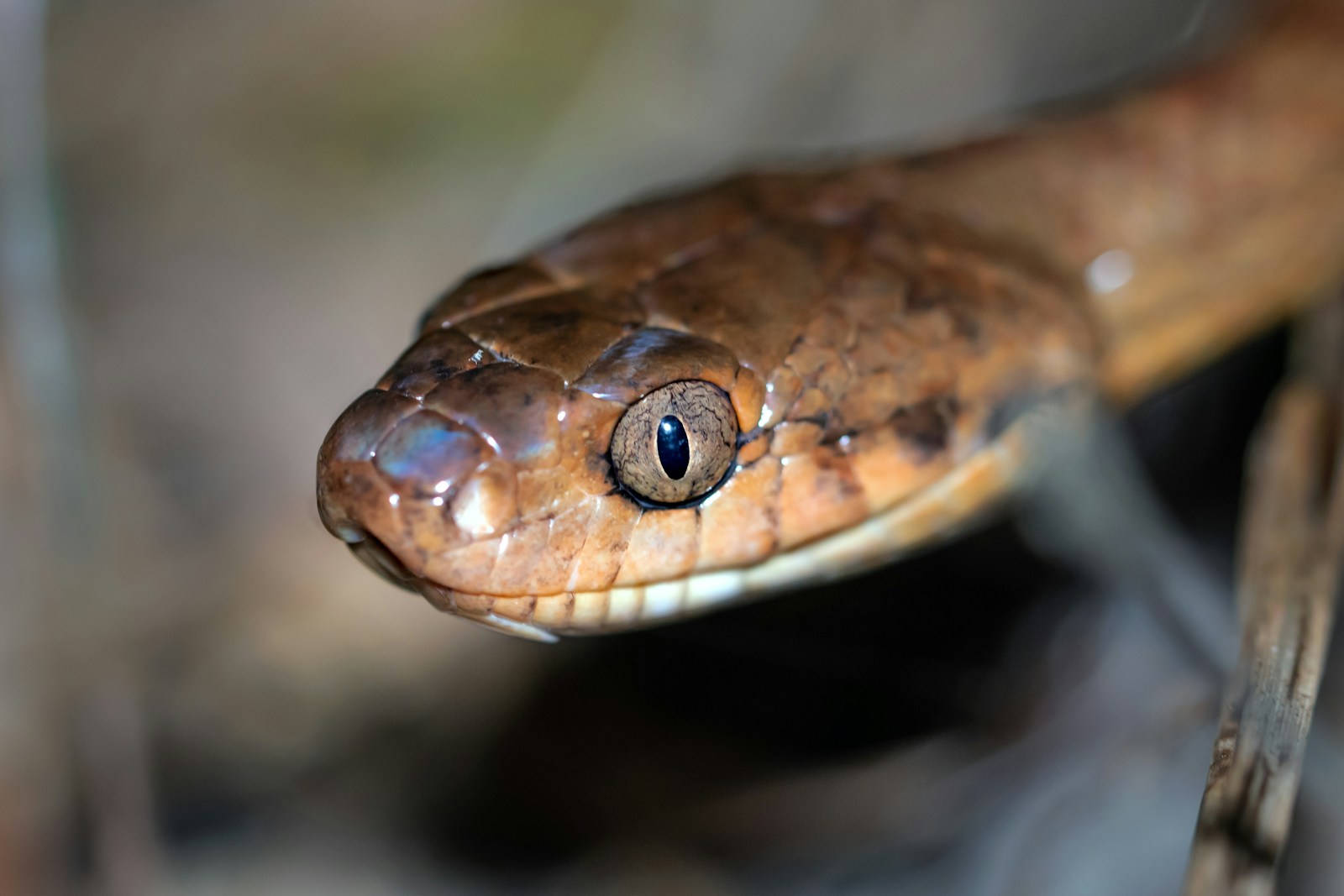
Wild snakes employ several sophisticated behavioral strategies to avoid dangerous overheating during hot weather conditions. The most common and effective approach is retreating to thermally buffered microhabitats such as underground burrows, where temperatures remain relatively stable regardless of surface conditions. Many species become primarily nocturnal during hot seasons, restricting activity to cooler nighttime hours and remaining sheltered during the heat of the day. Some species, particularly those in arid environments, may estivate (enter a dormant state similar to hibernation) during the hottest months, dramatically reducing metabolic needs and water loss while waiting out extreme temperature periods. Interestingly, some snakes will even submerge themselves in water when available, taking advantage of water’s cooling properties to rapidly reduce body temperature during dangerous heat events.
The Devastating Effects of Severe Hyperthermia
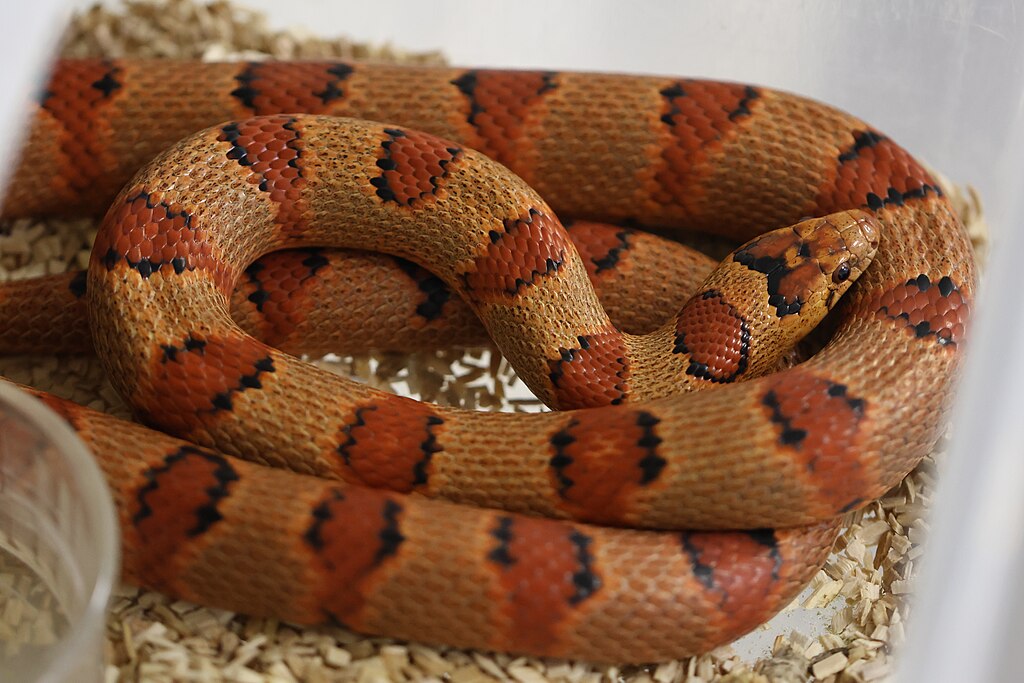
When a snake cannot escape excessive heat and its body temperature continues to rise unchecked, catastrophic physiological damage occurs. At the cellular level, extreme heat denatures essential proteins and disrupts cell membrane integrity, leading to widespread tissue damage. The brain is particularly susceptible to heat injury, with neural damage occurring rapidly as temperatures exceed critical thresholds. Vital organs including the liver, kidneys, and heart sustain progressive damage as blood chemistry becomes increasingly abnormal and acidotic. Perhaps most critically, the digestive tract may begin to break down, potentially releasing harmful bacteria into the bloodstream and accelerating systemic failure. Even if a severely overheated snake is eventually able to cool down, the accumulated internal damage from prolonged hyperthermia often proves fatal within hours or days following the heat exposure event.
Vulnerability Factors That Increase Overheating Risk
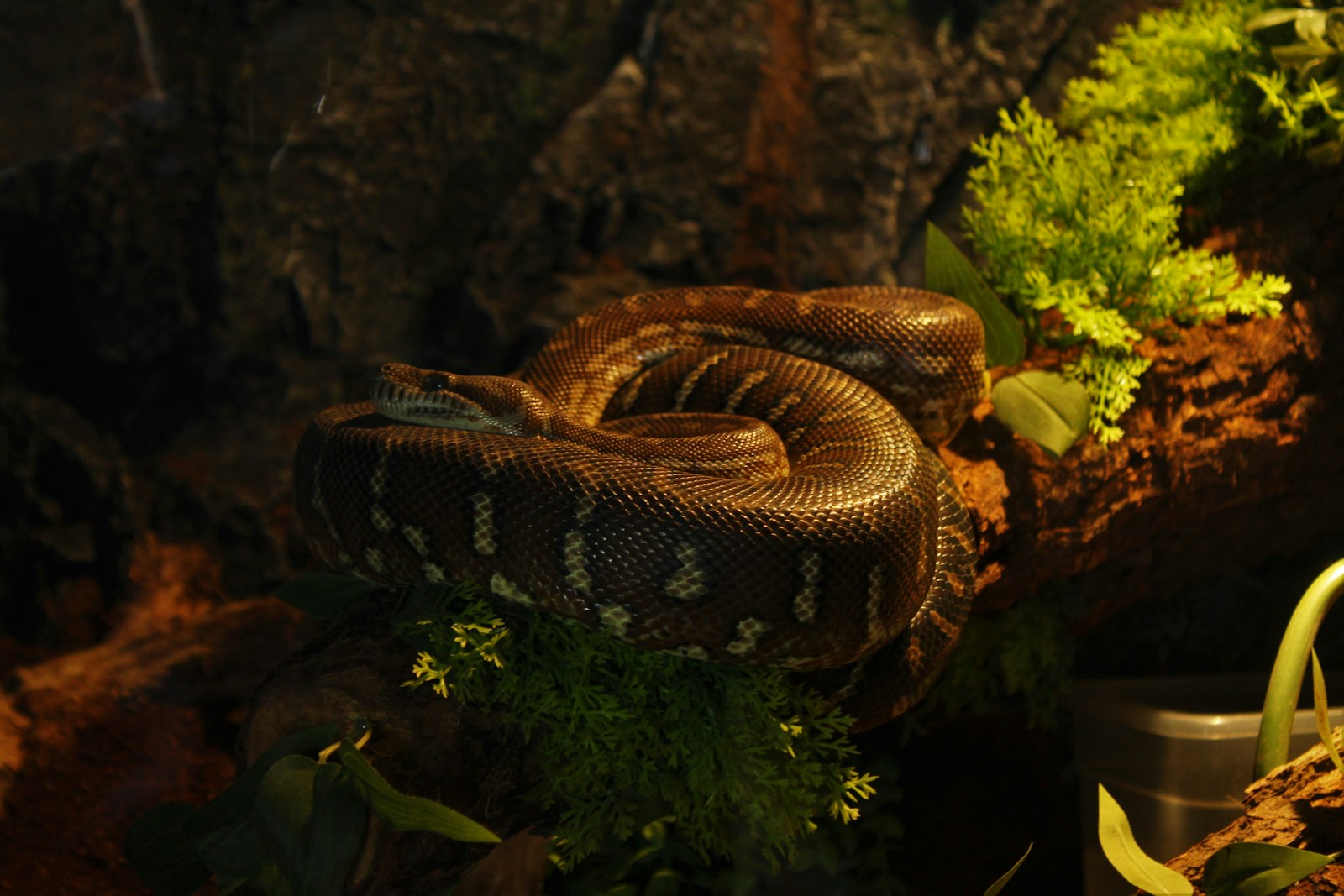
Certain conditions significantly increase a snake’s vulnerability to overheating in wild settings. Recently fed snakes face dramatically higher risk due to the increased metabolic demands of digestion, which can raise their body temperature by several degrees – a phenomenon known as specific dynamic action. Gravid (pregnant) females often experience reduced mobility and higher metabolic rates, limiting their ability to effectively thermoregulate during critical reproductive periods. Environmental factors such as drought can eliminate water sources that would otherwise provide emergency cooling opportunities, while habitat fragmentation may force snakes to cross hot, exposed areas without adequate shelter options. Additionally, snakes suffering from parasitic infestations or diseases often have compromised thermoregulatory capabilities, making them less effective at behavioral temperature regulation and more susceptible to heat stress even under moderate conditions.
Climate Change and Increasing Heat Vulnerability
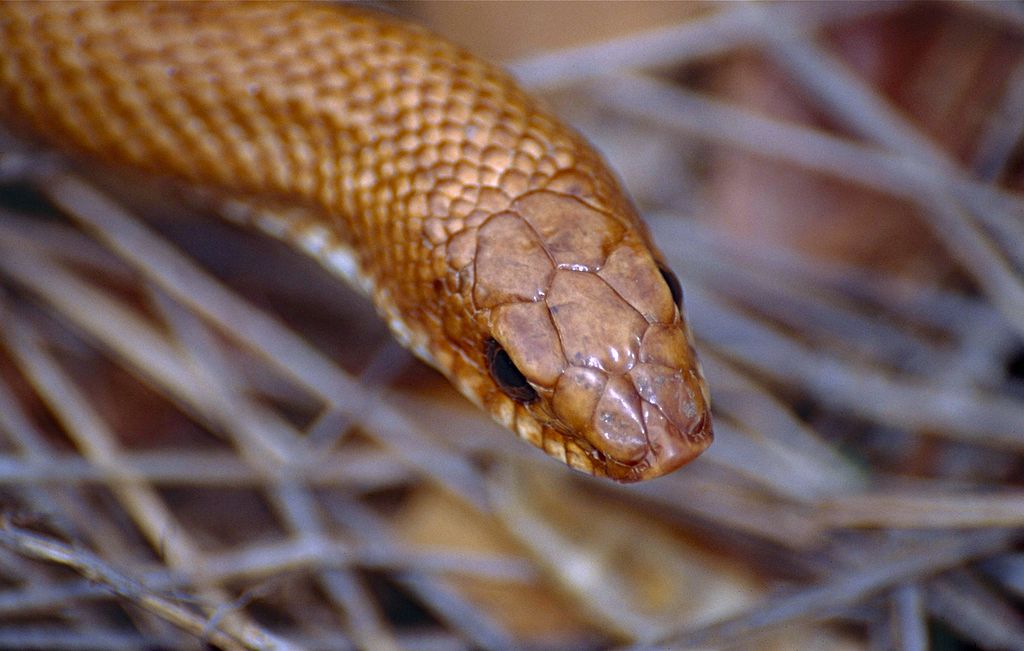
Rising global temperatures associated with climate change pose an escalating threat to snake populations worldwide, particularly in regions already experiencing extreme heat events. Research indicates that many snake species are already living close to their thermal tolerance limits in their native ranges, leaving little physiological buffer against further warming. The increasing frequency and duration of heat waves can trap snakes in isolated habitat patches, preventing them from reaching suitable thermal refuges. Models predict that by 2050, some snake populations may face over 30 additional days annually where temperatures exceed their critical thermal maximums. This phenomenon may drive range shifts in many species, forcing northward migrations or elevation changes as snakes seek more favorable thermal conditions, potentially disrupting established ecosystems and creating new conflicts with human populations.
Regional Differences in Overheating Challenges
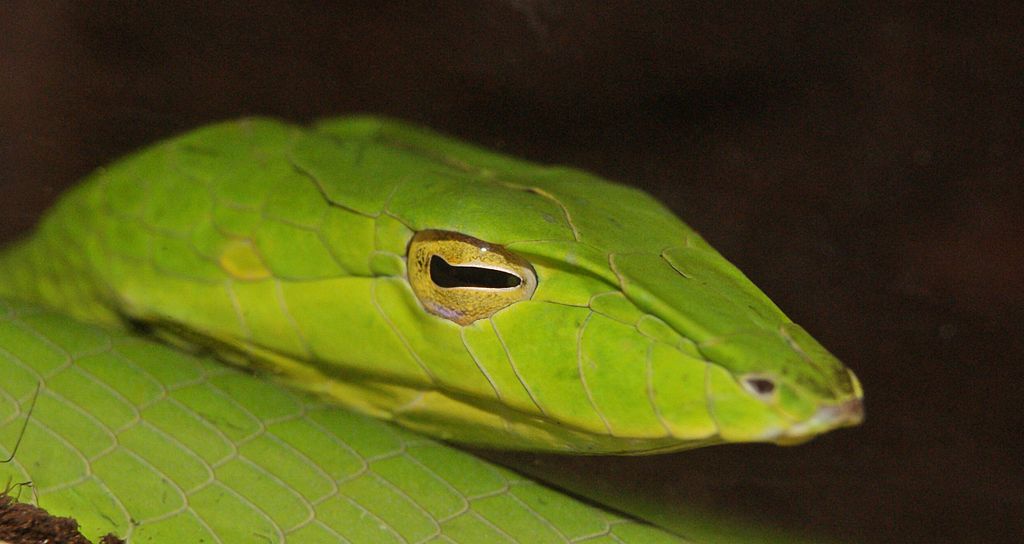
The challenges of thermal regulation vary dramatically across different global ecosystems, creating distinct overheating scenarios for regional snake populations. In desert environments, the extreme temperature differential between sun and shade creates a complex patchwork of microhabitats that experienced desert species navigate with remarkable precision throughout the day. Tropical forest snakes face different challenges as deforestation reduces canopy cover, eliminating crucial shade and exposing previously protected forest floors to direct sunlight and lethal temperature spikes. Grassland and savanna species often rely on rodent burrows and soil cracks for thermal refuge, making them particularly vulnerable when drought conditions harden soils and eliminate these escape options. Coastal and wetland snakes typically enjoy the moderating effects of nearby water bodies, but increasingly face risk as drought and water diversion projects alter these historically stable environments.
Signs of Overheating Observers Might Notice
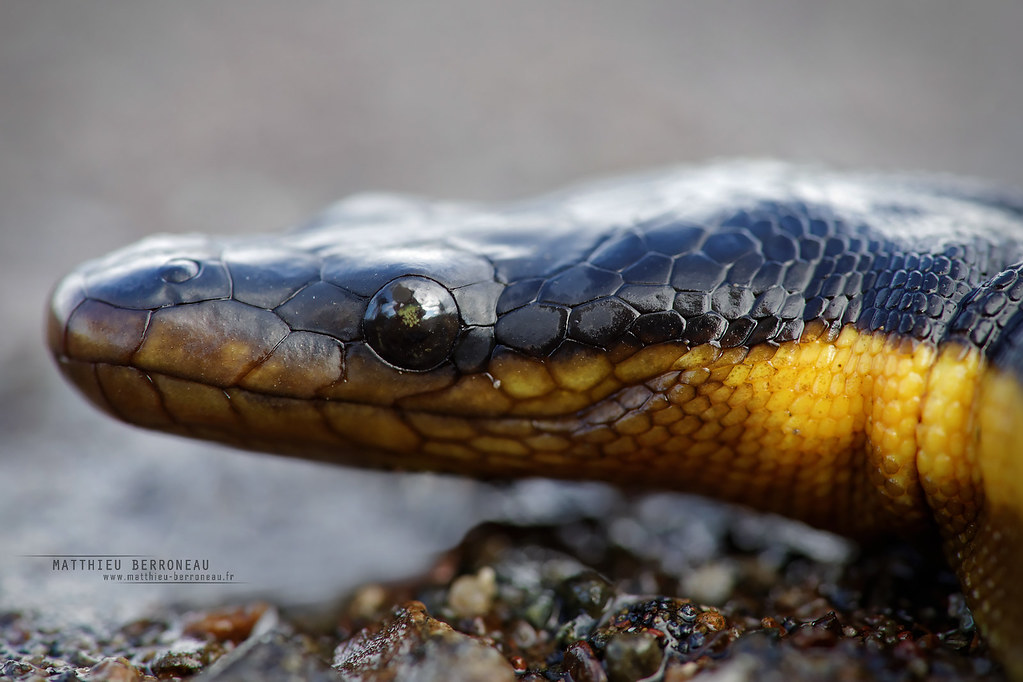
Wildlife observers may recognize several distinctive behaviors that indicate a snake is experiencing dangerous heat stress in its natural habitat. Perhaps the most noticeable sign is a snake remaining exposed in direct sunlight during peak heat hours, particularly when displaying open-mouthed breathing or “gaping” – a desperate attempt to increase evaporative cooling. Erratic movements, including uncoordinated locomotion or swimming in tight circles, strongly suggest neurological impairment from excessive heat exposure. Snakes experiencing severe heat stress often exhibit a notable lack of typical defensive behaviors; they may fail to flee when approached or show diminished striking responses, indicating seriously compromised neurological function. During extreme heat events, observers might even encounter multiple snakes clustered in unusually exposed locations near dried water sources, representing a last-resort gathering at locations that previously offered cooling opportunities.
Evolutionary Adaptations to Extreme Heat
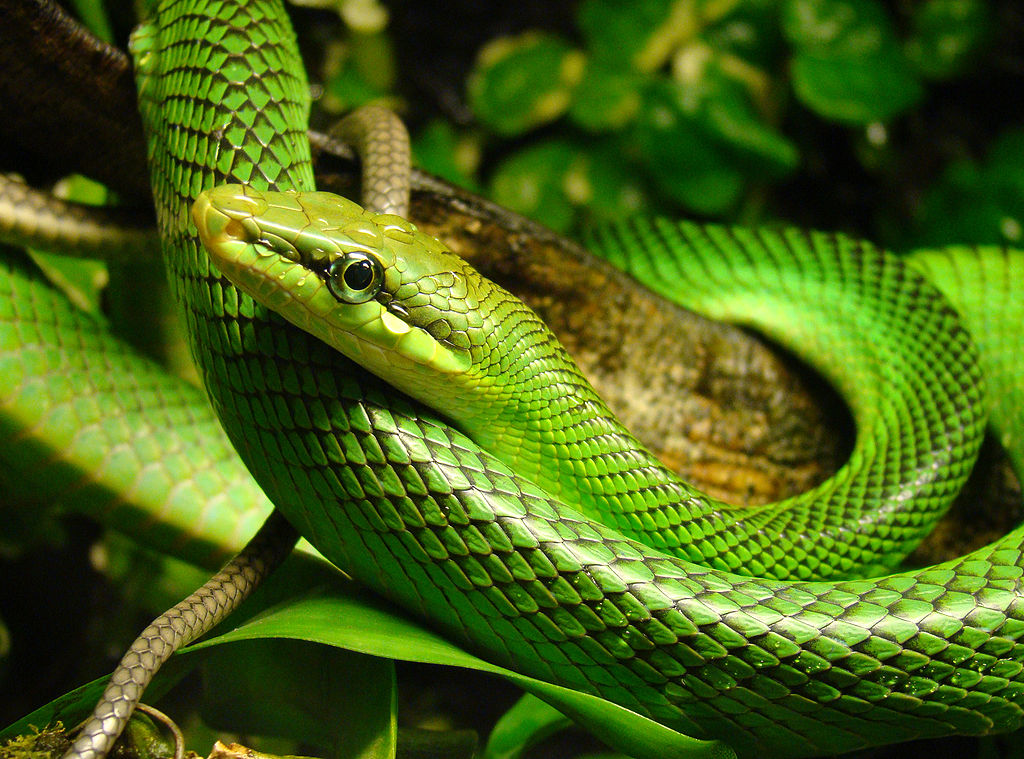
Through millions of years of evolution, snakes native to hot environments have developed remarkable physiological and behavioral adaptations to mitigate overheating risks. At the cellular level, desert species often possess specialized heat shock proteins that activate at high temperatures to prevent protein denaturation and cellular damage. Some species have evolved lighter coloration that reflects rather than absorbs solar radiation, while others display modified scales that improve heat dissipation through enhanced conduction. Behaviorally, desert vipers like the sidewinder have developed specialized locomotion that minimizes contact with scorching sand, touching the ground with only small portions of their body at any given moment. Perhaps most impressive are the efficient water conservation mechanisms in desert species that allow them to survive with minimal water intake, obtaining most of their moisture from prey and producing highly concentrated urine to minimize water loss.
Population-Level Impacts of Heat Wave Events
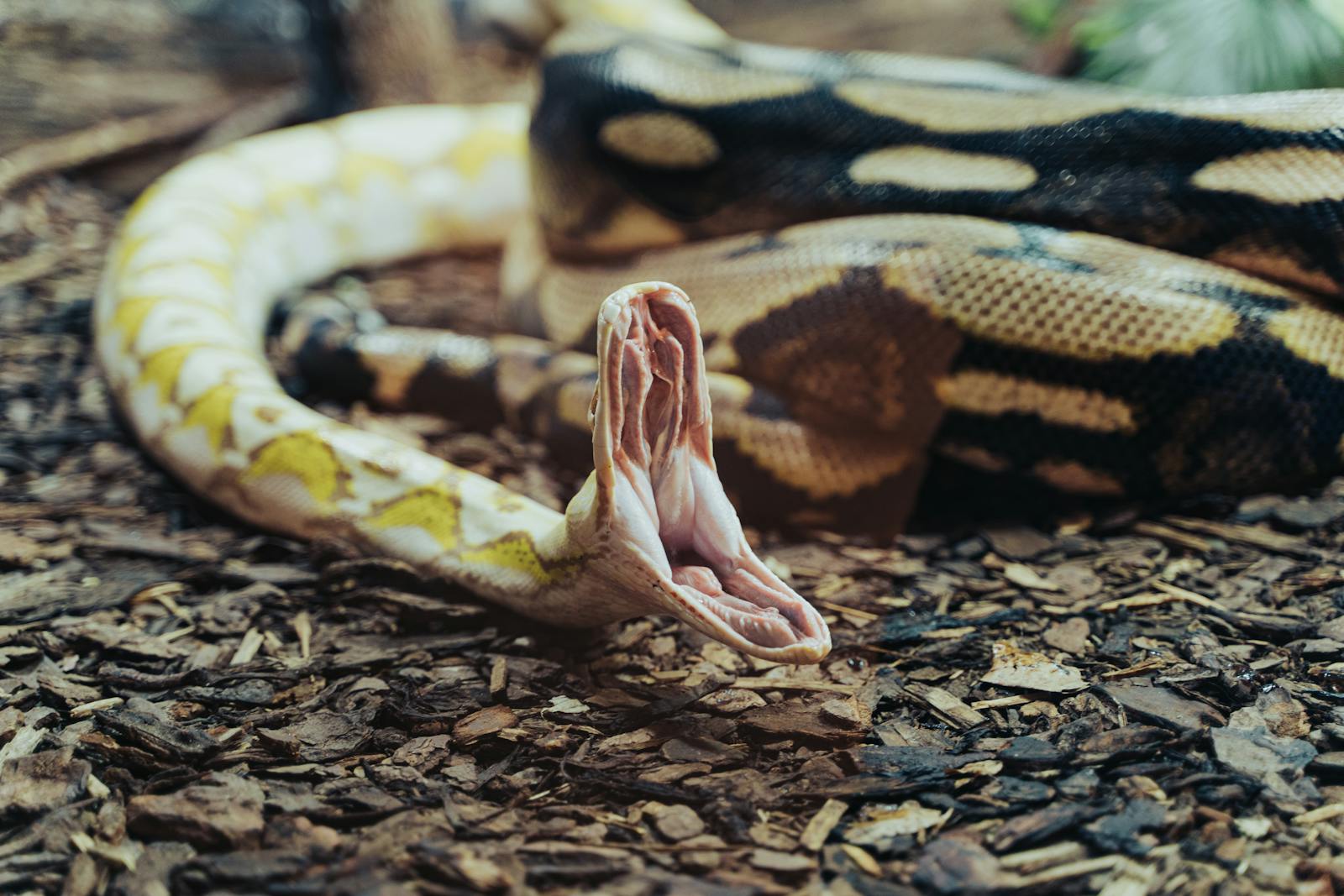
Extreme heat events can devastate local snake populations, sometimes causing mass mortality that fundamentally alters ecosystem dynamics. Research following intense heat waves has documented population declines exceeding 50% in some vulnerable species, particularly those with limited geographic ranges or specialized habitat requirements. The demographic impacts often show pronounced age-specific patterns, with juvenile snakes suffering disproportionately higher mortality rates due to their larger surface-area-to-volume ratio and underdeveloped behavioral thermoregulation skills. Recovery from such events may require decades, especially in species with slow reproductive rates or those facing additional stressors like habitat fragmentation or invasive competitors. Long-term studies indicate that repeated extreme heat events can drive directional selection, potentially favoring individuals with higher heat tolerance but potentially reducing overall genetic diversity within affected populations.
How Snakes May Adapt to Warming Climates
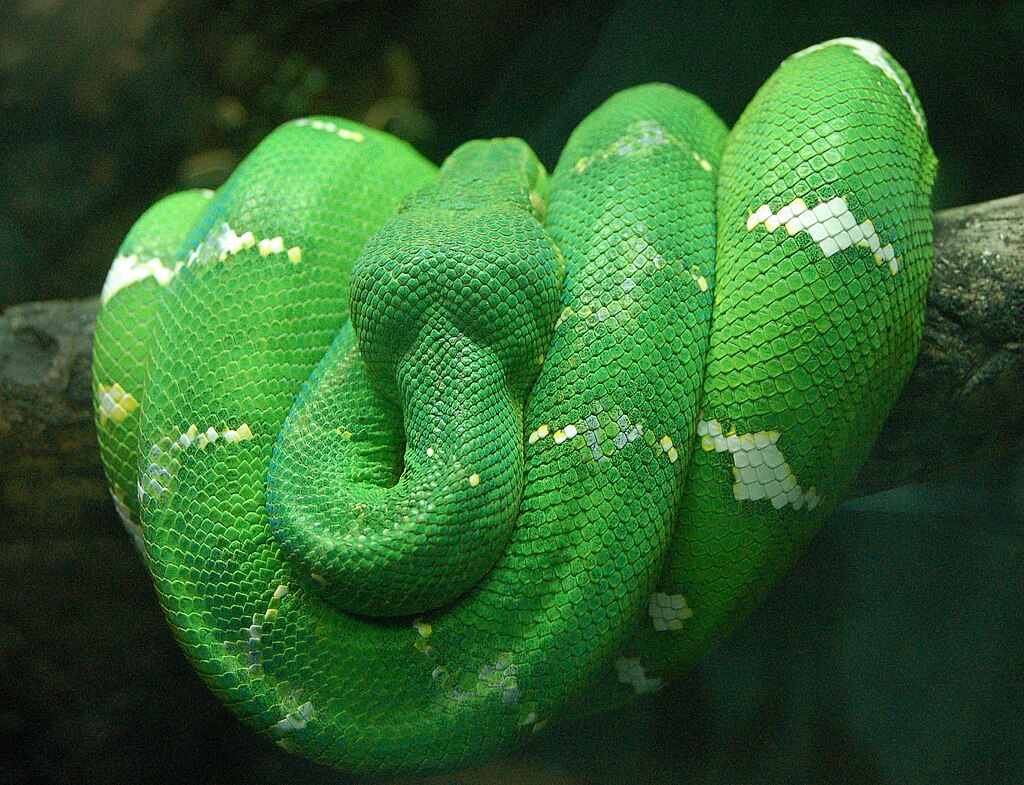
As global temperatures continue rising, snake populations face intense selective pressure that may drive rapid adaptive responses. Scientists have already documented shifts in activity patterns in several species, with some traditionally diurnal (day-active) snakes becoming increasingly crepuscular or nocturnal to avoid daytime heat. Geographic range shifts are occurring as populations expand into previously unsuitable northern territories or higher elevations where cooler temperatures now permit survival. Some species display remarkable behavioral plasticity, quickly adopting novel cooling strategies like increased use of human-created microhabitats such as irrigation ditches or agricultural drainage systems. Whether genetic adaptation can keep pace with rapidly changing conditions remains uncertain, but preliminary research shows promising signs of selection for heat-tolerant physiological traits in some fast-reproducing species, suggesting at least some snake populations may successfully adapt to warming conditions over successive generations.
Human Interventions and Conservation Implications

Conservation efforts increasingly incorporate thermal considerations into snake habitat management plans, recognizing the critical importance of thermal refuges in a warming world. Habitat connectivity projects now prioritize creating shaded corridors that allow snakes to move safely between cool microhabitats without dangerous exposure to lethal temperatures. Some wildlife management agencies have begun installing artificial shelters designed specifically to provide thermal refuge during extreme heat events, particularly for endangered species with limited ranges. Water resource management has emerged as a crucial conservation tool, with strategic maintenance of small water sources providing emergency cooling opportunities during heat waves. Public education campaigns aim to reduce persecution of snakes seeking refuge near human structures during heat events, recognizing that buildings, cisterns, and irrigated areas increasingly serve as critical thermal lifelines for wild snake populations trying to escape deadly environmental conditions.
Conclusion

As our planet continues to warm, the plight of snakes facing overheating in wild habitats deserves greater attention from both scientific and conservation communities. These remarkable reptiles, having survived for over 100 million years through countless environmental changes, now face thermal challenges occurring at unprecedented rates. Their physiological limitations as ectotherms make them particularly vulnerable to rapid temperature increases, yet their remarkable adaptive capabilities offer hope for at least some species. By understanding the complex mechanisms of snake thermoregulation and the devastating impacts of overheating, we gain not only valuable insights into these fascinating creatures but also important indicators of ecosystem health in a changing climate. The future of many snake populations may depend on our willingness to incorporate thermal refuge considerations into conservation planning and habitat protection efforts.

